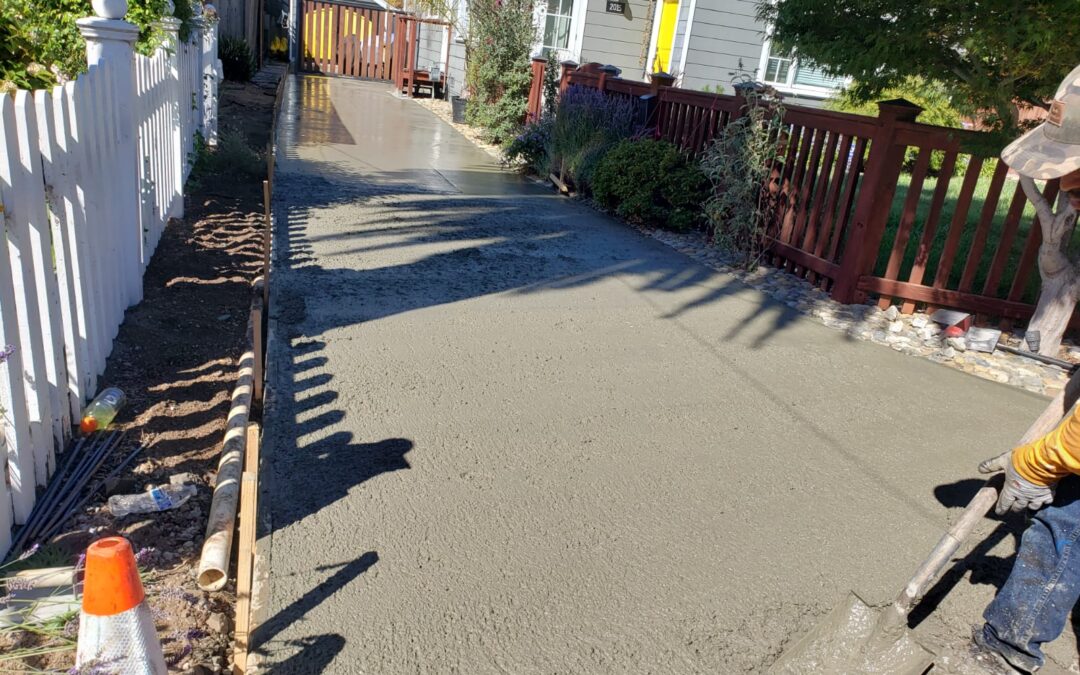Paving a driveway is a significant investment that can enhance the curb appeal and functionality of your home. Whether you’re looking to replace an existing driveway or create a new one, understanding the paving process empowers you to make informed decisions and ensure a successful outcome. In this guide, we’ll walk you through the steps to pave a driveway, from planning and preparation to installation and maintenance, empowering you to achieve the driveway of your dreams.
Assess Your Needs and Budget
Before embarking on a paving project, it’s essential to assess your needs and establish a budget. Consider factors such as the size and shape of your driveway, the type of material you prefer, and any specific design preferences or requirements. By determining your priorities and budget upfront, you can streamline the decision-making process and avoid overspending.
Choose the Right Material
One of the most critical decisions in paving a driveway is choosing the right material. Popular options include asphalt, concrete, gravel, and interlocking pavers, each with its own advantages and considerations. Asphalt offers durability and affordability, while concrete provides versatility and aesthetic appeal. Gravel driveways are low-cost and easy to install, while interlocking pavers offer a customizable and elegant finish. Consider factors such as durability, maintenance requirements, and aesthetic preferences when selecting the material for your driveway.
Hire a Reputable Contractor
Paving a driveway is a complex task that requires skill, expertise, and specialized equipment. Hiring a reputable contractor ensures that the job is done correctly and efficiently, saving you time, money, and frustration in the long run. Research local paving contractors, read reviews, and ask for recommendations from friends and family to find a reliable professional who meets your needs and budget.
Prepare the Site
Proper preparation is crucial for a successful driveway paving project. The site must be excavated and graded to ensure proper drainage and a stable base for the pavement. Any existing vegetation, debris, or obstacles must be removed, and the subgrade should be compacted to prevent settling and sinking. Additionally, any underground utilities should be identified and marked to avoid damage during excavation.
Install the Base
Once the site is prepared, the next step is to install the base layer for the driveway. This typically involves spreading and compacting a layer of crushed stone or gravel to create a stable foundation for the pavement. The thickness and composition of the base layer will depend on the type of material being used and the soil conditions at the site.
Lay the Surface Material
With the base in place, the final step is to lay the surface material for the driveway. Whether you’ve chosen asphalt, concrete, gravel, or interlocking pavers, the installation process will vary depending on the material. For asphalt and concrete driveways, the material is poured and spread evenly before being smoothed and cured. Gravel driveways require regular maintenance to replenish the gravel and maintain a level surface. Interlocking pavers are laid individually and secured in place with sand or gravel.
Maintain Your Driveway
Once your driveway is paved, it’s essential to maintain it properly to ensure its longevity and performance. Regular maintenance tasks may include sealing cracks and joints, filling potholes, removing debris, and applying sealant or protective coatings as needed. By investing time and effort into driveway maintenance, you can prolong its lifespan and keep it looking great for years to come.
In conclusion
Paving a driveway is a significant undertaking that requires careful planning, preparation, and execution. By assessing your needs, choosing the right material, hiring a reputable contractor, preparing the site, installing the base and surface material, and maintaining your driveway properly, you can achieve a beautiful and functional driveway that enhances the value and curb appeal of your home.

